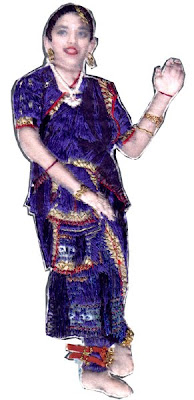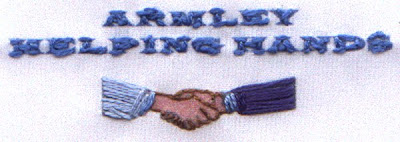Soap producers in Britain seem to have been quite inventive with their advertising campaigns. First with free gifts for returned wrappers, then children's beauty competitions and who can forget the free plastic flowers in the 1950s and 1960s. Improved hygiene in the 1800s produced many new soap firms until the industry reached saturation point at the beginning of the twentieth century leading to many of the firms amalgamating, it's interesting though that many of the brand names remain.

Sir John Everett Millais was a member of the Pre-Raphaelite Brotherhood which had been founded in his home in September 1848. He often worked to commission, but Bubbles was painted for his own pleasure. He was captivated watching his grandson, Willie James, blowing bubbles and recreated this event on canvas.
Sir William Ingram bought the painting and the copyright thinking that it would make a marvellous presentation print for his Illustrated London News. He in turn was approached by Mr Barrett from
A & F Pears with the proposed addition of the Pears soap bar and lettering to be used for an advertising campaign.
When the advert first came out a heated debate took place in a series of letters to the Times, with many believing Millais had painted the portrait specifically for the advert. Eventually many agreed that its use raised the standard of advertising.
In 1958 the firm introduced the Miss Pears promotion, inviting parents to send in shots of their daughters, the winners of the competition being photographed by eminent photographers for the advertising campaign. Ten years later an added bonus was introduced with the winner of the competition being painted by a well-known portrait painter.
A & F Pears is now part of the
Unilever group, along with Joseph Watson, with a substantial branch of the company at Seacroft.
Joan Holah hand stitched this piece on printed fabric (40 hours)
 ....and here's a selection of the threads sold at MKC, though in drawers of 1000m spools rather than the smaller quantities.
....and here's a selection of the threads sold at MKC, though in drawers of 1000m spools rather than the smaller quantities.
















































